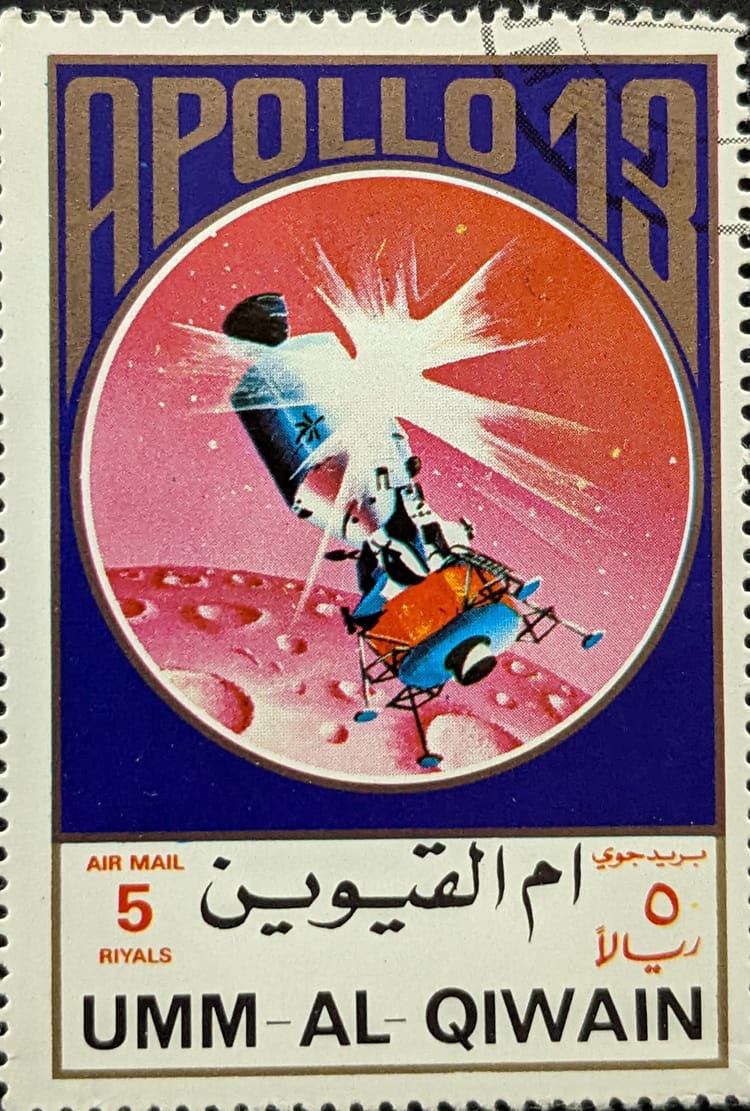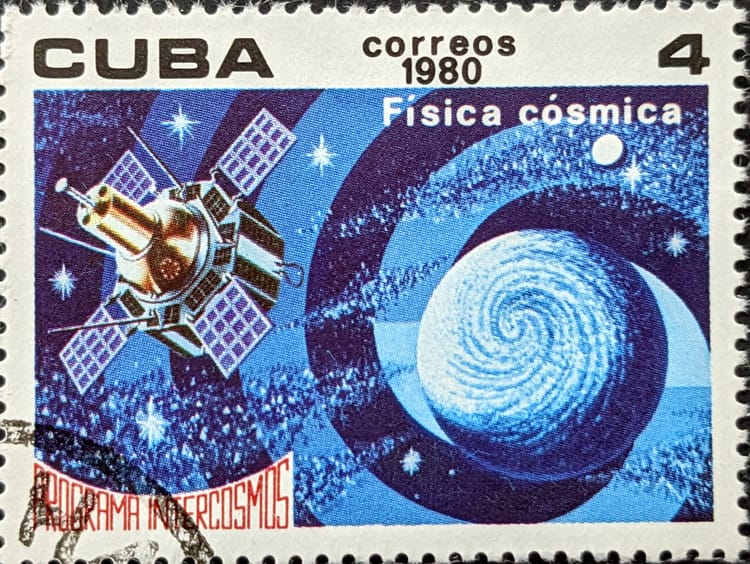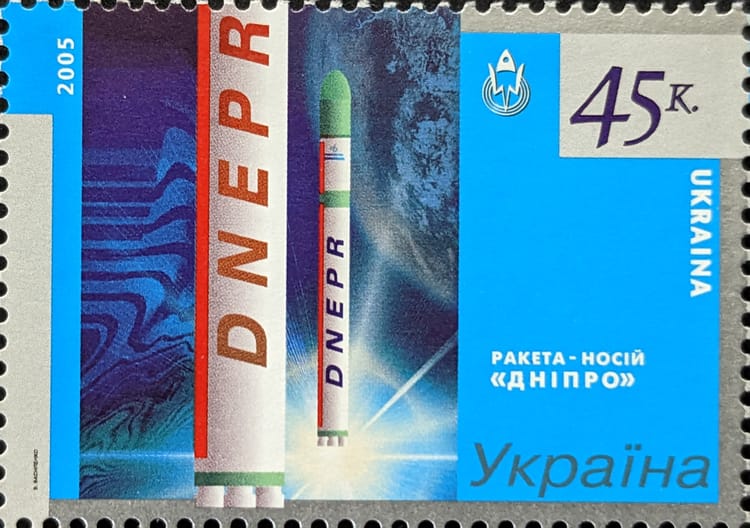Rocket Factories, Video Tours, and Reusability Questions
United Launch Alliance (ULA) proferred an opinion about rocket reusability in Aviation Week this week--one that sounds familiar if you’ve ever paid attention to Arianespace’s statements. In it, ULA’s CEO, Tory Bruno, reiterates (regarding reusability):
“We have not really changed our assessment over the last couple of years because we have yet to see the other forms of reusability—flyback or propulsive return to Earth—demonstrate economic sustainability on a recurring basis,” Bruno says. “It’s pretty darn hard to make that actually save money. . . . We’ve seen nothing yet that changes our analysis on that.”--Aviation Week, April 2020
He says this in spite of U.S. companies like SpaceX, Rocket Lab, and Blue Origin either operating or planning to operate, reusability in some form for their launch vehicles. Companies in China are attempting to incorporate reusability in their rockets. These companies obviously believe reusability gives them an advantage--probably helping their bottom-lines. But ULA believes reusability makes no sense for its bottom-line. Can both paths be correct?
In an attempt to answer this, we may need to look at a few things--like rocket factories.
Yes, it’s in Alabama, and Decatur’s Pretty Small, but...
If you’ve never seen the video (posted to YouTube in late February 2020), “How Rockets are Made,” you should. Don’t let the time, ~54 minutes, scare you--it will not seem long enough by the time you’re finished. At least that’s how it seemed to me. And there’s an additional link to a shorter, but just as interesting, interview with Bruno. Also worth watching.
The “How Rockets are Made” video is a tour of ULA’s Decatur, Alabama, rocket factory. Bruno guides SmarterEveryDay’s host, Destin Sandlin, through the 1.5 million square foot factory, explaining everything Sandlin sees, touches, and asks questions about. Everything. Bruno doesn’t hesitate during any part of the tour. He knows his stuff. He also seems very team-focused, not in a forced way, but in a very natural way, ensuring his team gets props for its work. He seems to be a good CEO. He seems to be having a fun time in his job. And the factory is a very neat showcase for ULA. Again, if you have the time, I recommend watching the video.
During the video, there are several references to ULA’s yet-to-be-launched Vulcan launch vehicle. The aluminum sheets and newest way to carve them out while maintaining a high strength with low weight optimizations (a two-day operation). The body bending machinery, etc. According to Bruno, the Decatur factory was built to manufacture 40 rockets a year. It would be amazing if the twenty-year-old factory had the chance to do that (the last time ULA exceeded 10 annual launches was in 2016).
The factory became operational in 1999 at a cost of $400 million to Boeing. The company had the Decatur factory constructed to build the company’s Delta IV launch vehicle (in support of its Evolved Expendable Launch Vehicle (EELV) contract with the USAF).
In this slowing environment, with heavy competition from subsidized programs such as China's Long March, Europe's Ariane and Russia's Proton rockets, Boeing's ability to provide failure-free launches at a low cost will determine whether it can win market share.--Puget Sound Business Journal, January 1999
The first part of that two-part determination held true--even as ULA took over factory floor operations from Boeing. And Boeing had no reason to think the launch business would slow down for it. In 1998 the company conducted 19 launches. Part of its contract with the USAF was to conduct 19 launches for $1.4 billion. It could do this with a factory employing over 2,300 churning out 40 rockets a year. But the second part “...at low cost…” may be one reason why ULA’s launch market share has been so low in the past few years.
But the company currently launches less than ten rockets annually. ULA has a lot of its equipment in place in Decatur, but it does have to re-tool for the new rocket. It seems as if, at least in the video tour, the facility is manufacturing Delta IV and Atlas V rockets while slowly moving over to the Vulcan. While the factory obviously has the capability to do this and perhaps allow it to happen more quickly, a suppressed launch cadence, as well as external factors (Blue Origin’s BE-4 engine development, for example, which will be used in the Vulcan) are allowing the company to be methodical in Vulcan rocket development and manufacturing.
Flying Water Tanks in Texas
At the same time, another company is developing and building a new rocket as well--SpaceX. Compare ULA’s factory and its manufacturing path to its newest rocket, the Vulcan, with SpaceX’s activities.
SpaceX is in the midst of developing its Starship upper stage, which will be mounted on top of its Super Heavy booster. The development seems to have consolidated near Brownsville, Texas, in Boca Chica. While there are several video tours of the Hawthorne facility in California (where the Falcon is manufactured), there don’t appear to be any for the Boca Chica factory. But there are many, many fans and bloggers who rabidly post any seemingly SpaceX-related activity in Texas to fan sites like Teslarati.
And the word “factory” when related to SpaceX’s Boca Chica activities does not mean the same thing as when applied to ULA’s Decatur facility. In Texas, SpaceX is using temporary structures boosted off the ground by freight containers. Where ULA’s facility is totally enclosing the work area for its rockets (and in Alabama, that is truly necessary), SpaceX’s activities appear exposed to the environment and blogger cameras (even though Texas is also quite hot and humid). SpaceX’s facility seems laughable when compared with ULA’s rocket factory.
SpaceX appears to be getting things done, though. Sure, the products are not the crafted works of art ULA produces. There are seams, bolts, dents, and surface tarnish on the stainless steel being used for SpaceX’s Starship prototypes. It seems as if the company is adopting a mantra of “good enough” for its prototypes, attempting to maintain speedy development cycles which will eventually lead to unheard-of rocket manufacturing capability.
Elon Musk, SpaceX’s Chief Engineer, is focused on building a Starship manufacturing line that will produce one a week. His goal is to have a thousand Starship-type vehicles for colonizing Mars. Those vehicles will be reusable. And, SpaceX will need more than one manufacturing line to produce 1,000 Starships in less than 19 years. Which is a big reason why Musk is focusing on the manufacturing processes--once you have the processes established, things can move much more quickly and be duplicated.
Patriot Act (Pays More)
ULA’s Vulcan, when it launches, will still not be as inexpensive as SpaceX’s current workhorse, the Falcon 9. There’s a reason for that:
“Because what’s important to us is to serve the National Security and Exploration needs.” --Tory Bruno
ULA’s focus is not on the commercial market and it’s not colonizing Mars. It’s the military and civil missions, which Bruno later explains in the video, that pay more--while providing a service to the nation. Why would ULA build a rocket that costs a lot less to build when it knows there are a few steady customers willing to pay for the capability and potential reliability ULA will offer with its Vulcan? And why would it build a reusable rocket when its steady customers aren’t asking for it? Especially if the reusability impacts mass lift capability?
So, in ULA’s view, it makes sense to do something similar to what it already does--build and launch reliable rockets for customers who prize reliability over price and are willing to pay for that characteristic. And that’s probably what the company means when it says “We’ve seen nothing yet that changes our analysis on that” when talking about not pursuing reusability. The company sees government customers as a steady source of income (which has been true for 13 years or so). These customers typically have slow but steady payload schedules and are not foaming at the mouth for a new launch vehicle.
Does it seem short-sighted for ULA to focus on the government customer? Maybe. But as noted in an earlier analysis, “Sharing: Money, Missions, Influence,” that particular customer pays more--in many cases a lot more--for space services. As explained earlier, the government EELV contract was the Decatur factory’s primary reason for being to begin with. It’s a very capable factory, very clean, with the potential to provide a lot of jobs while catering to government needs.
And yet...I can’t help but think of horse carriage craftsmen right before the advent of Ford’s Model-T. These guys knew how to build and had the tools and skills to build the most excellent horse carriage money could buy, with the plushest cushions, the greatest joinery skills, etc. Kings and the well-to-do were probably a great source of income for those craftsmen--until they weren’t.
I think these thoughts and seriously wonder because I see what SpaceX is doing in Boca Chica. I look at the activity there, which goes on 24/7. I see with Starship similarities from old images of the Model-T assembly line. I see naked, purposeful, and resourceful engineering on a budget (in a sandlot) as Musk embraces less expensive materials such as stainless steel and mundane but affordable tools. Unlike with the Model-T, a functioning Starship hasn't rolled off the line yet. But if one does, then like with the Model-T, the world changes.
Chris Quilty and I have crunched the numbers for some research flashes not just once, but twice. The resulting estimates, especially with reusability, do appear to close a business case. They show unbelievable affordability for space launch services. They also don’t bode well for ULA if those numbers are even remotely close to the truth.
In the short term then, ULA’s justification for not exploring reusability for its launch vehicles appears rational. Its analysis is spot-on--for ULA. Even SpaceX appears to have put an upper limit to reusability for its Falcon 9 (but it's also probably making money from reusing its rockets). SpaceX also believes it will successfully transition to manufacturing Starship and Super Heavy, which might be a reason why that limit was placed there for the Falcon 9. Is the company changing its manufacturing focus from carriages for kings to cars, while ULA and others, such as Arianespace, stay the course with the former option? If so, the future gets a lot more interesting for the space industry.




Comments ()